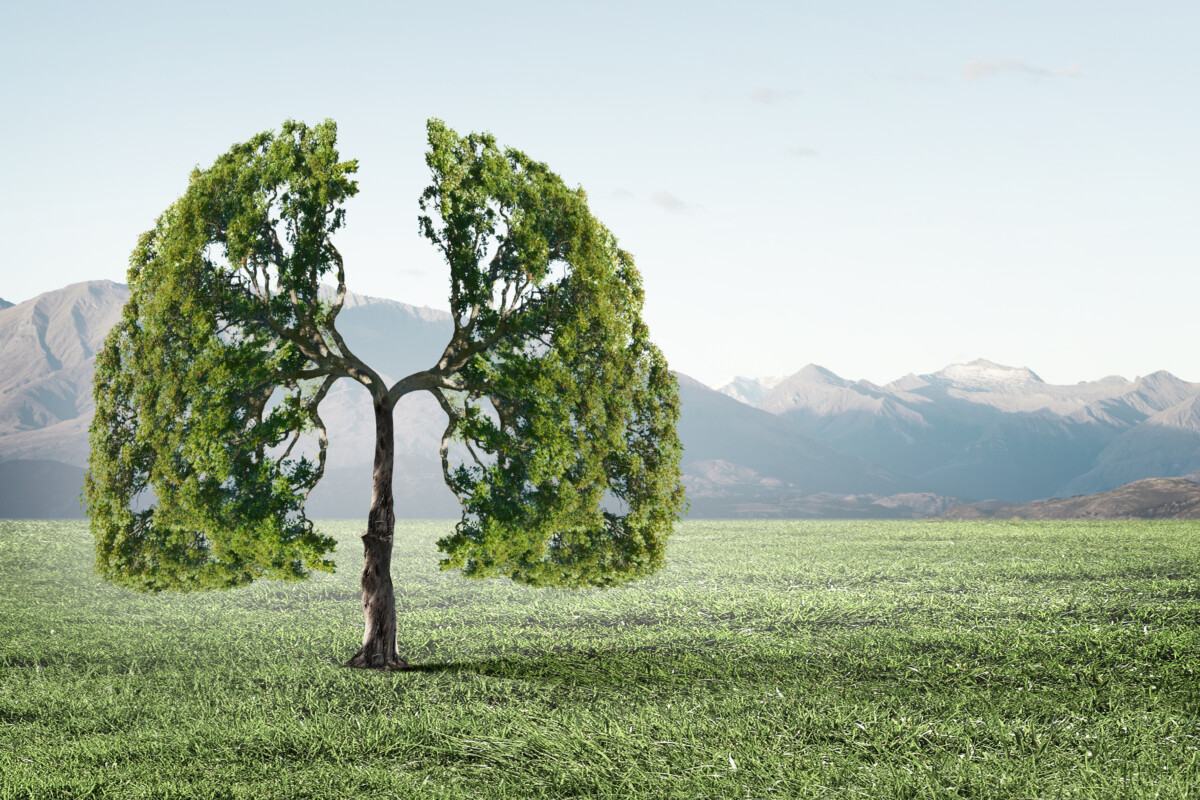Second Hand Smoke-A Deadly Thing to Share

When smokers inhale, their body doesn’t magically transform cigarette smoke into a harmless substance. The same smoke that goes into their lungs invariably comes out. This means that anyone close enough to breathe in this smoke is, in essence, also smoking. This is why breathing in secondhand smoke is also referred to as passive smoking.
If you are living with, and/or sharing, secondhand smoke, here are a few facts to keep in mind:
- According to the CDC, as many as 7000 cases a year of deaths related to Chronic Obstructive Pulmonary Disease are caused by second-hand smoke.
- 3400 adult deaths from lung cancer due to secondhand smoke are reported each year.
- Non-smokers exposed to second-hand smoke have a 25-30% increase in the risk of heart disease.
- 7500 to 15,000 child hospitalizations a year result from exposure to secondhand smoke.
Children are also vulnerable to secondhand smoke. Research has shown that children who live with a parent who smokes get sick more often than other children. They have more lung infections, ear infections, coughs and shortness of breath. Exposure to secondhand smoke can also trigger asthma attacks. Health Risks of Secondhand Smoke (cancer.org)
Secondhand smoke at home is worse than secondhand smoke in other places because this is where people spend most of their time. It may seem harsh to ban smoking from inside the house, and it is very difficult for the smoker. However, living with secondhand smoke is just as difficult for everyone else. Choosing smoking for yourself is one thing. Choosing it for your family is another.
